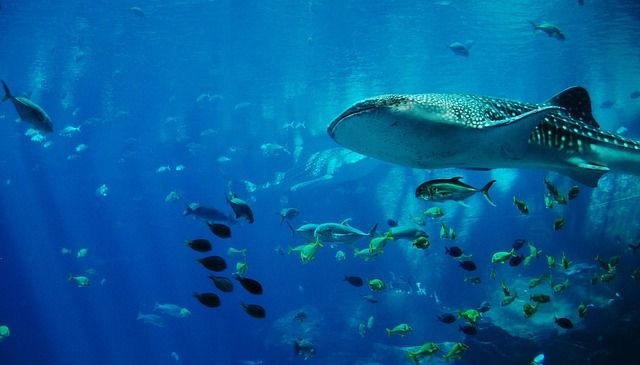Why August 30 is International Whale Shark Day
International Whale Shark Day promotes the importance of conserving this harmless shark. If you hire a whale shark watching and swimming service, do it with authorized service providers.

The world's largest fish, the whale shark (Rhincodon tipus), up to 18 meters long and weighing 21 tons, displays its charismatic presence in Mexican waters during the whale shark watching season (May to September), in the Caribbean, the Pacific and the Gulf of California, where tourists dress up as divers to swim alongside it.
The most inoffensive of the 400 species of sharks has decreased its population due to natural predation (by killer whales and white and tiger sharks), and to its own slow swimming, close to the surface, which facilitates its fishing and makes it susceptible to collisions with boats.
Although it can live for a century, it is also threatened by marine spills of toxic products, oil spills and plastic waste, in addition to its late sexual maturity and sporadic reproduction, which hinder the recovery of its population.
The spotted-skinned globetrotter attracts locals and strangers in temperate and tropical seas of Australia, New Zealand, Honduras, Philippines, Tanzania, Belize and Mexico. In our country, the Government of the Republic promotes their sighting in Natural Protected Areas, complying with protocols for their protection.
In the last 75 years, the whale shark population has declined by 50% worldwide.
During the 2nd International Whale Shark Conference (2008) more than 40 countries established August 30 as the International Whale Shark Day with the aim of educating the population and creating awareness about the importance of conserving the also called lady shark or domino shark.
Since 2016, its name appears with the status of threatened in the Red List of endangered species of the International Union for Conservation of Nature and the Mexican Official Standard NOM-059-SEMARNAT-2001 lists it as a threatened species.




